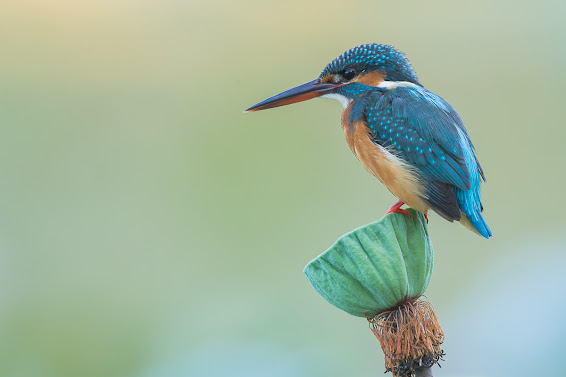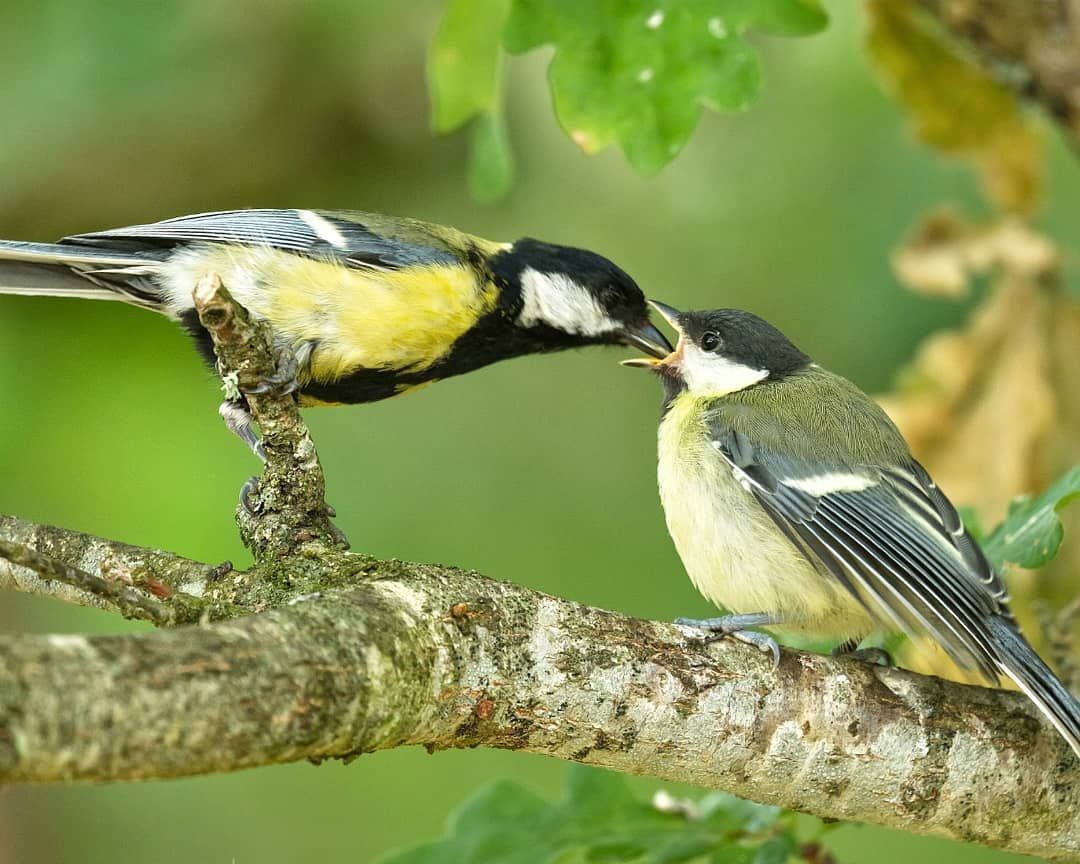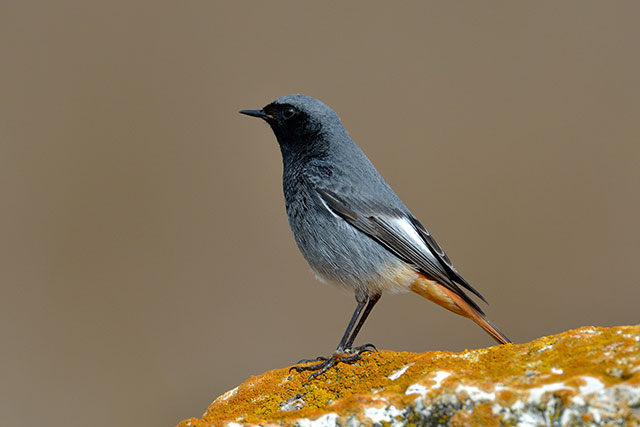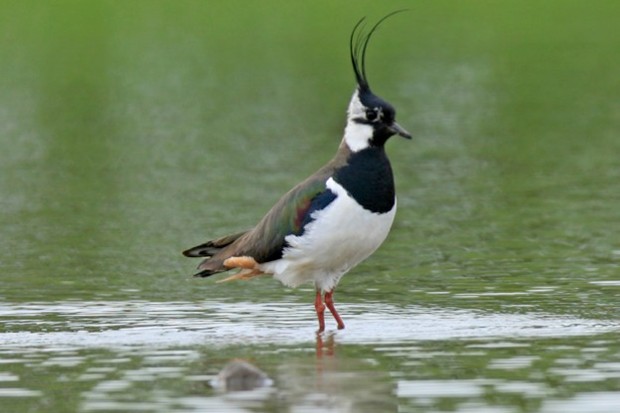Geographic Range
_Photograph_By_Shantanu_Kuveskar,_Mangaon,_Maharashtra,_India.jpg)
Alcedo atthis is found throughout Europe and Asia as far east as Japan. They are also found in Africa, south of the Sahara. Common kingfishers are year long residents in their southern habitats, while northern populations travel south during the winter to escape freezing water. Alcedo atthis is the only species of kingfisher in much of its European range.
Habitat

Common kingfishers are found on the shores of lakes, ponds, streams, and in wetlands. They have even been known to fish in brackish waters, especially during the winter months, when other bodies of water may be frozen.
Physical Description

Common kingfishers are renowned for their iridescent blue plumage. The entire upper portion of the bird: wings, back, and head are completely blue. The underbelly and a small patch underneath the eyes are rich chestnut. The throat and a small part of the side of the neck is bright white. They have small red feet. Their beaks are long, sharp and strong for the purpose of catching and holding prey. Males and females are very similar except for their beaks. A male’s beak is jet black, while the lower half of a female’s beak is chestnut. Juvenile’s are slightly more green and duller than adults.
Reproduction
Mating is the only time that Alcedo atthis individuals are not solitary. At the beginning of the mating season, males will chase females through the trees, producing a loud whistle. Common kingfishers will find a new mate each year. Mating only occurs in the warmer months of the year, starting in April and ending sometimes as late as October.
Mating Systemmonogamous
In about mid-March nesting begins. The male and female work together to dig a hole into a bank along a water source. Common kingfishers prefer steep banks. The holes are of various depths and are dug into various types of soil. Usually a hole between 15 and 30 cm long is dug, but on occasion some as deep as 1.2 meters have been discovered. They may nest in clay, rock, or sandy ground. Nests also vary in the distance they are above the water, with the distance varying from 0.5 to 37 meters above the water level.
Both parents will raise and feed the young. However, the female will do most of the work. Common kingfishers will brood 2 to 3 clutches a year. These clutches consist usually of 6 or 7 eggs, but there may be as many as 10.
Both males and females help to raise the young. For 19-21 days they incubate the eggs. Both will incubate during the day, only the female at night. Both have active roles in brooding and feeding the young, but the female does most of the work. One parent will hunt, then return with a fish exactly the right size for the young, they will also hold it by the tail so that the young can swallow the fish head first. When the young are able, they will eagerly wait at the opening of the burrow to be fed. After 23-27 days the young fledge and emerge from the nest.
.jpg)
Lifespan/Longevity
Common kingfishers can live for as long as 15 years. The average lifespan is 7 years. However, the first months of development are the most dangerous with only 50% of the young surviving to adulthood.
Behavior
Common kingfishers are very territorial, as are all kingfishers (Alcedinidae). This is mainly because they must eat around 60% of their body weight each day. They will even defend their area from their mates and offspring. For most of the year individuals are solitary, roosting in heavy cover next to their favorite hunting spot. If another kingfisher enters its territory, both birds will sit on a perch some distance from each other and engage in territorial displays. This usually entails displaying beaks and plumage. Occasional fights also occur, where a bird will grab the other’s beak and try to hold them under water.

Home Range
Territory size is highly variable. Size depends on food availability, the quality and availability of nesting sites and individual behavior.
Communication and Perception
Common kingfishers have advanced eyesight, with the ability to polarize light, reducing the reflection of light off of water. They also learn to compensate for refraction, allowing them to catch prey more effectively. Common kingfishers communicate vocally. They are well known for their long, trilling call which sounds like a repetition of “chee”. When mating, a male will whistle loudly to a female and chase her above and through the trees. In a dive for prey, a membrane covers their eyes and they rely solely on touch to know when to snap their jaws shut.











_-_Summer_plumage_breeding_adult2.jpg)


.jpg)


.jpg)